Regularly practicing yoga exercises such as child's pose, lying butterfly pose, legs up the wall pose... can help you relax and improve sleep.
Practicing yoga in the evening helps the body increase the production of the hormone melatonin, helping you fall asleep faster, sleep longer, and wake up less often in the middle of the night. Yoga movements also help the body enter a state of stillness, calm the nervous system, stimulate blood circulation, and provide more oxygen to the brain...
Below are yoga movements that can help you sleep better, as suggested by the Hopkins Medicine page of Johns Hopkins University (USA).
Legs up the wall pose
To do the legs-up-the-wall pose, lie on the mat (or floor), with your legs up against the wall so that your body forms an L shape, with your toes straight. Place your arms down and relax. Breathe slowly.
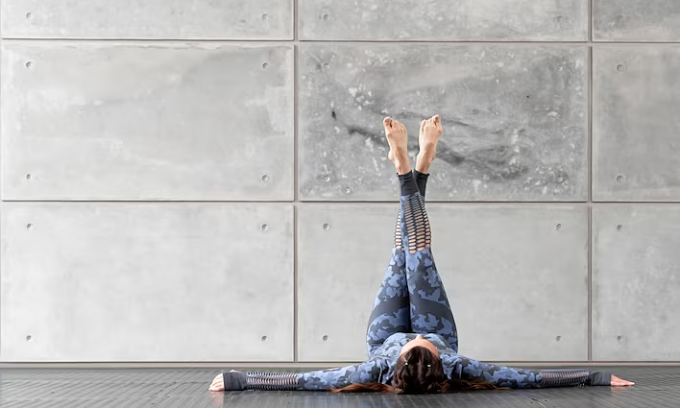
Legs up the wall pose. Photo: Freepik
Lying Butterfly Pose
Lie on your back with your knees bent. Place the soles of your feet together and let your knees bend to the sides. Place your hands at your sides or above your head, whichever is more comfortable.
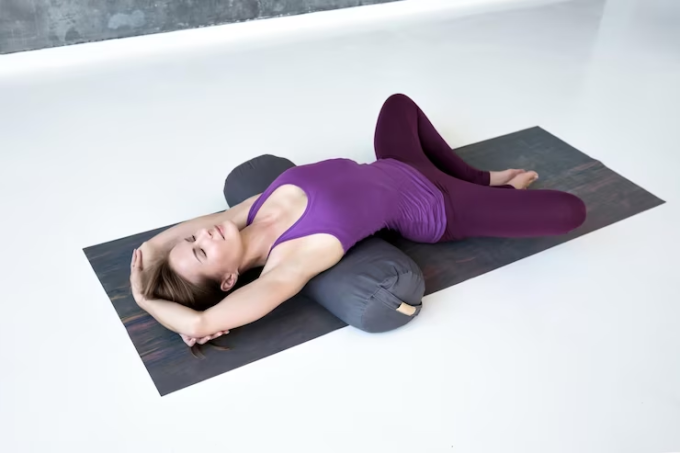
Lying butterfly pose. Photo: Freepik
Corpse pose
In yoga, this is often the last pose in a session. Lie on your mat with your arms straight out at your sides and relaxed. Keep your legs straight and focus on your breathing.
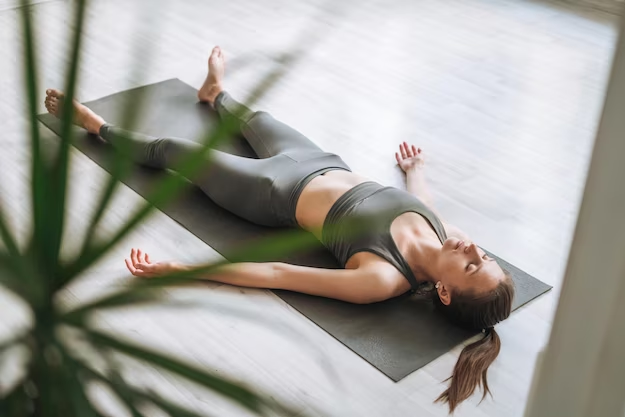
"Corpse" pose. Photo: Freepik
Baby Pose
To do the child pose, sit on the floor with your feet together and sit on your heels. Stretch your arms out in front of you, face down, slowly open your knees to the sides, keeping your buttocks on your heels. Relax your shoulders and neck on the floor, breathing evenly. Hold this position for 5 breaths. Relax to finish the pose, breathing evenly and slowly lifting yourself up. Repeat.
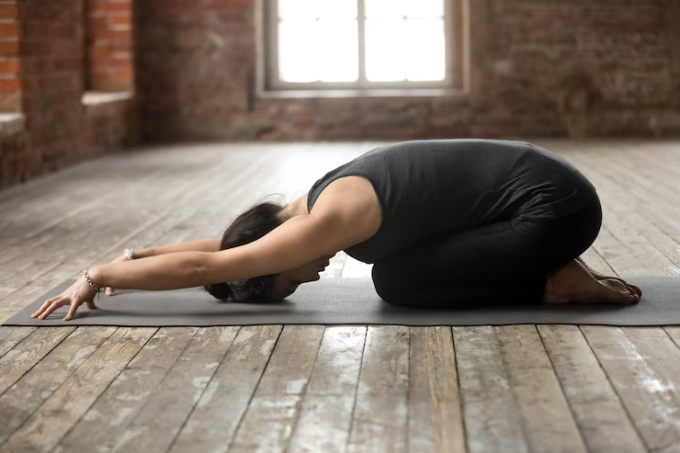
Baby pose. Photo: Freepik
Abdominal twist pose
Lie on your back on the mat, keeping your spine straight and your legs shoulder-width apart. Extend your arms out to shoulder level. Slowly pull your right knee towards your left. You can place your left hand on your right knee to keep it stable. Repeat on your left leg. To release, as you inhale, pull your knee up towards your midline, lift your hips and extend both arms and both legs straight on the floor.
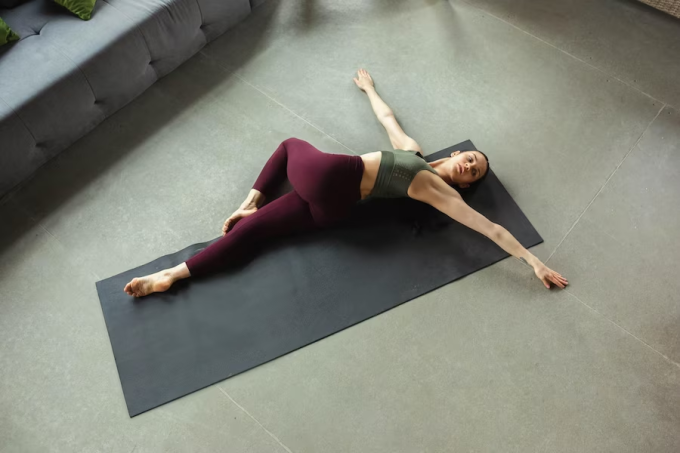
Abdominal twist pose. Photo: Freepik
Dr. Nguyen Thi Minh Duc (Head of the Department of Neurology, Neurology Center, Tam Anh General Hospital, Ho Chi Minh City) said that yoga brings benefits to health in general and sleep in particular. However, to ensure maximum safety, practitioners need guidance from trainers and yoga experts. Do not overuse yoga postures that are too difficult or dangerous. The duration of a yoga session should be moderate, depending on the subject and level of practice.
Dr. Minh Duc added that difficulty sleeping and insomnia can be caused by many different reasons such as stress, changes in living environment, underlying diseases... In addition to practicing yoga, patients should take the initiative to rest, work regularly, eat scientifically , avoid greasy foods, limit alcohol and tobacco. Supplementing some nutrients that can neutralize free radicals such as blueberry essence and ginkgo biloba helps promote blood and oxygen to the brain, contributing to restoring nerve conduction function and improving sleep.
In case of prolonged sleep disorders or related to illness, the patient needs to see a neurologist for an appropriate treatment plan.
Oanh Ngo
Source link






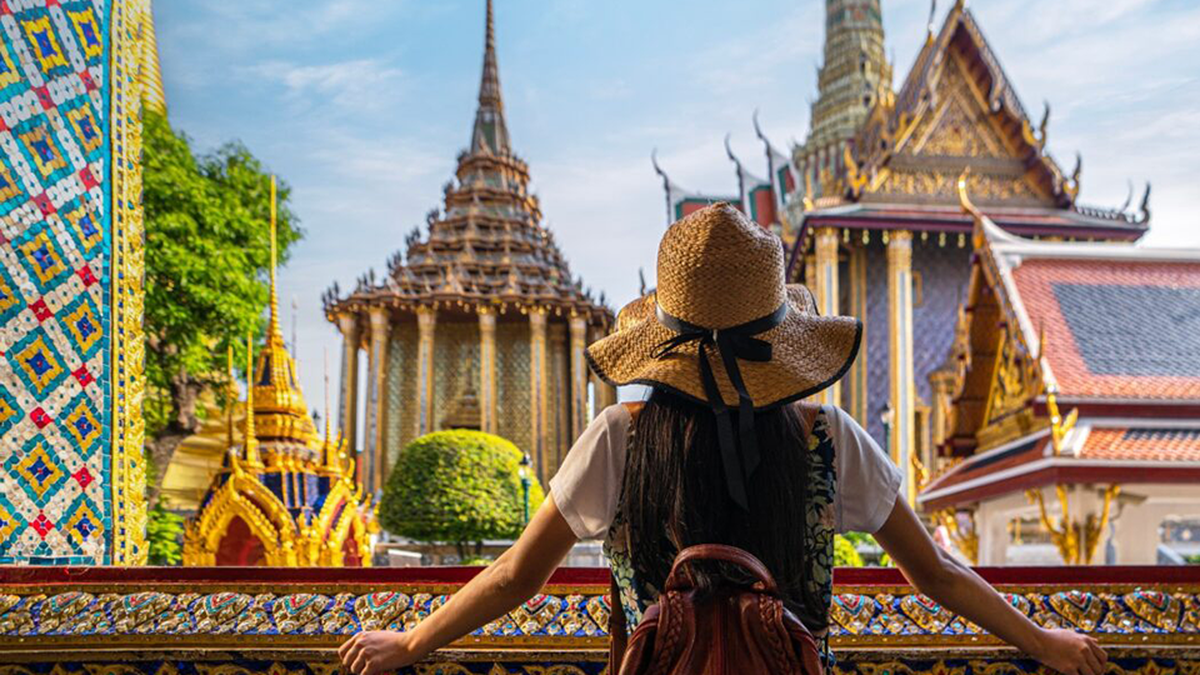
























![[Photo] National Assembly Chairman Tran Thanh Man visits Vietnamese Heroic Mother Ta Thi Tran](https://vphoto.vietnam.vn/thumb/1200x675/vietnam/resource/IMAGE/2025/7/20/765c0bd057dd44ad83ab89fe0255b783)




































































Comment (0)